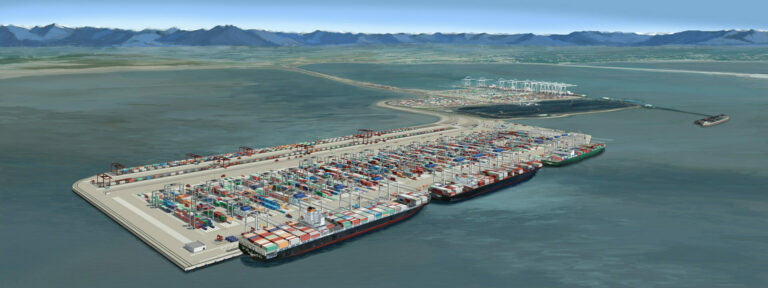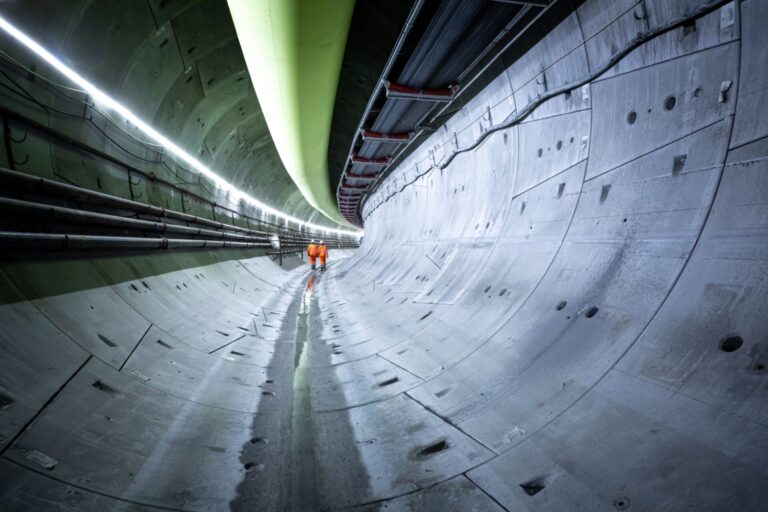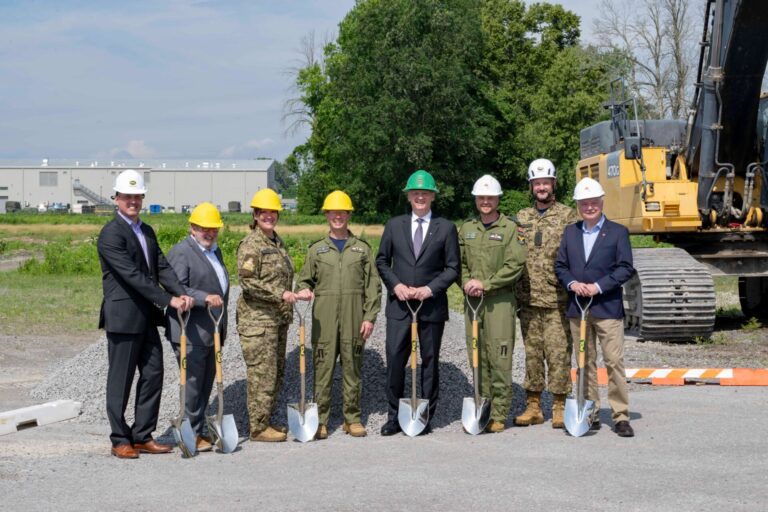The findings of the annual BC Construction Association (BCCA) Industry Survey expose the operational stresses facing construction employers across BC. The results, taken from over 1,300 respondents, paint a picture of concern and stress. Demand for construction services is high, but labour supply, costs, and faltering public sector standards and systems around permits, contracts, procurement, and payments are undermining development and putting BC’s builders in a tough spot.
“It’s true that labour shortages and the cost of materials are constant challenges,” said Chris Atchison, president of the BCCA. “But industry can manage these pressures – it’s what we do. The biggest hindrances to building housing and other infrastructure today are the associated operations of the authorities having jurisdiction, from Crowns to Ministries and Municipalities.”
The survey reveals that over 80 per cent of contractors, regardless of size, were paid late for their substantially completed work at least once this past year. Nearly half of large contractors (100 employees plus) report being paid late at least 25 per cent of the time, and 30 per cent of small contractors (20 employees or less) report the same. With the cost of borrowing skyrocketing, financing projects for owners is a burden most businesses cannot afford.
Contract disputes related to costs are a common occurrence, with 44 per cent of small contractors saying they’ve filed a fixed price contract dispute in the last 12 months, compared to 31 per cent of medium contractors and 28 per cent of large.
Interest in public sector projects has waned, with only 45 per cent of large contractors saying they’re “very likely” to bid, vs. less than 20 per cent of small contractors. Reasons given for lack of interest include “don’t need the work”, “contracts favour the owner”, “process favours larger companies” and “same companies win every time”.
These and other pressures are squeezing the small contractors, 61 per cent of whom report thinking about leaving the industry. The average company size has decreased 11 per cent over the last three years to an average of 6.24 workers. Approximately 92 per cent of companies in the industry employ 10 workers or fewer.
On the workforce side, labourers and skilled workers are reaping the benefits of short supply. The job market remains highly competitive, driving annual earnings up 22 per cent in the last five years to an average of $70,088. Most workers are working full-time and earning overtime, and roughly 45 per cent of respondents reported changing employers within the last year, with the number one reason being higher pay.
The skills shortage has improved significantly over the last five years, and although the industry is still short 6,000 skilled workers, that is a substantial improvement from the 49,800-person gap estimated for 2023 ten years ago.
Most respondents report pursuing another career path prior to construction, with 55 per cent of apprentices holding some university credits. All levels of talent, from labourers to Journeypersons, are equally likely to hold an academic degree (seven per cent), and 48 per cent of apprentices owe more than $10,000 in academic student loan debt.
One of the most disappointing trends this year is the 21 per cent decrease in tradeswomen, a sharp reversal after several years of solid gains. Women comprise only 4.5 per cent of the 163,900 skilled tradespeople in BC’s construction industry today, down from six per cent in 2020, despite continuing improvements in construction culture and more employers actively pursuing diverse hiring practises.
“There are many retirements and we’re fighting hard to find new talent,” says Atchison “but the labour shortage is acutely felt beyond the crew, and that impacts costs and timelines too. The whole ecosystem is pressed for experienced staff, from the design team to the authorities having jurisdiction and the owners themselves. Contractors are deciding not to take on projects due to risk in the process as well as crew shortages.”
The number of employees in the industry has grown a sizeable 17 per cent year-over-year, and 6% over pre-pandemic levels, although the skilled trades workforce has decreased four per cent year-over-year and nine per cent over pre-pandemic levels. This de-skilling of the overall workforce reflects that it takes four years to complete an apprenticeship and may be fueling and increasing concern about safety on the worksite from survey respondents.
The construction industry’s contribution to BC’s GDP is up four per cent over last year, and it remains the #1 employer in BC’s goods sector, with 251,100 British Columbians relying directly on construction for a paycheque.
BCCA is advocating for three changes that it says will address the challenges facing BC’s builders as well as the owners who need the work to be done on budget and on time. They are:
- Introduce prompt payment legislation to normalize standard, reasonable payment terms of 30 days, ensure proper invoices are paid, and give clear rights to lien holdback monies.
- Make public sector projects more attractive to industry by having fair, open and transparent procurement processes and reasonable contract conditions.
- Speed up the permit process with the authorities having jurisdiction, including municipalities and BC Hydro.
“Until BC catches up to the rest of Canada, the USA and Britain, and introduces Prompt Payment Legislation, policy-makers need to be tuned into the fact that the financial risks for BC’s contractors are nearing a breaking point.” Says Atchison. “There are actions that industry and government can take together and separately that will alleviate the challenges contractors are facing.”











